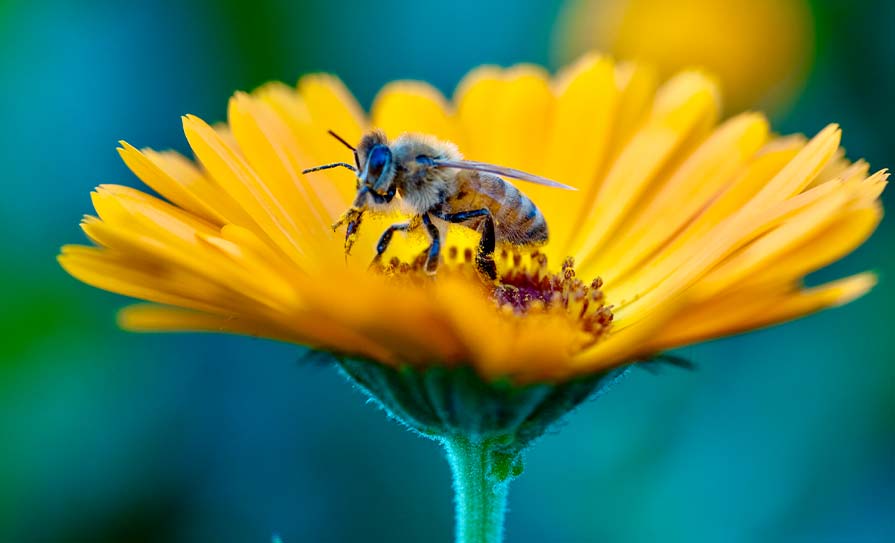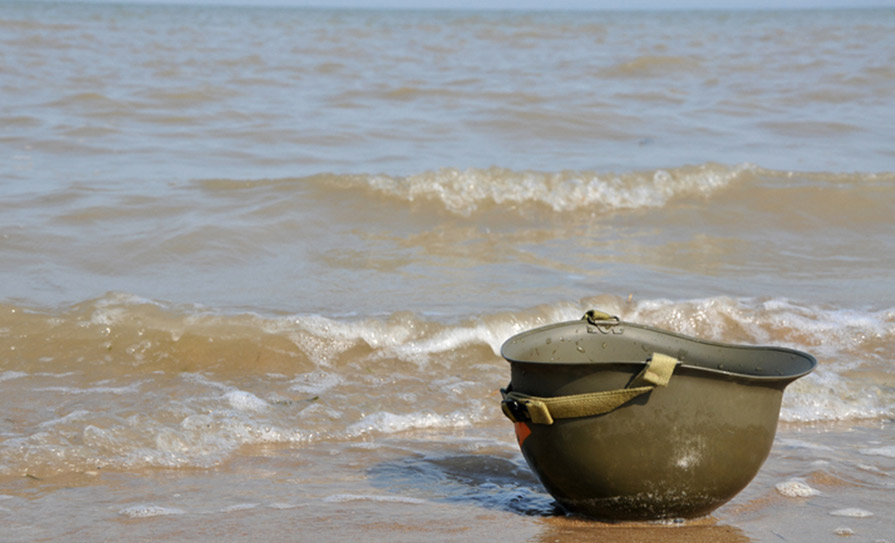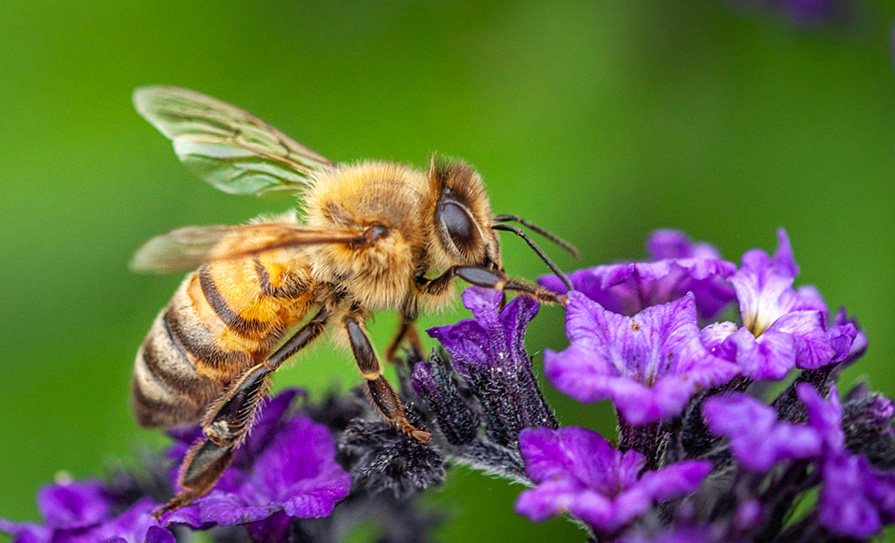A round-up of news and oddities from left field by Dr Doug Witherspoon.
As pointed out by your venerable scribe Prof Brendan Kelly in this issue, patients’ recovery after an illness or procedure is a much-neglected area of modern medical care; an afterthought that can prove expensive and counter-productive, if the objective is to prevent readmission.
Prof Kelly casts his clinical eye over the book Recovery: The Lost Art of Convalescence by GP and author Dr Gavin Francis (see p38), which offers fascinating ruminations based on clinical experience. The overall conclusion is that the mind and body need some breathing space in which to effectively recover. Common sense, but perhaps not common knowledge.
Sometimes, a hospital ward is the worst place for a recovering and potentially traumatised patient to get some rest. But there is a little evidence to suggest that the topic might have gained a little more traction, at least in a fragmented fashion. A 2012 article in Scientific American looked at how the presence of a good hospital garden can aid recovery, and cited the experiences of three-year-old heart-transplant recipient Aidan Schwalbe. Scenes of Aidan exploring the garden at Children’s Hospital Boston in the US should be inspirational to anybody involved in the design of a hospital garden (www.youtube.com/ watch?v=gea7au2CL9Y, if you want to take a quick look).
The article cites research from 1984 by environmental psychologist Roger Ulrich, who is thought to be the first researcher to use experimental controls and quantified health outcomes to assess how even having a view of a lovely garden can aid healing after a number of illnesses, infections and surgery.
Ulrich and colleagues studied a cohort of recovering gallbladder surgery patients in a suburban hospital. When all confounding factors were considered, patients with bedside windows overlooking leafy trees healed, on average, a day faster. They also required significantly less pain medication and had fewer post-surgical complications than those who simply had a wall or other patients to look at.
However, in a separate study, Ulrich and his team showed that even using the power of imagery – in the form of large ‘window view’ photographs – reduced the need for pain medication, compared to viewing simply a blank wall, plain white frame, or abstract paintings.
Closer to home, and just in the past couple of months, Cork University Hospital (CUH) has put in place tens of thousands of honeybees to help ease the anxieties of children who have suffered life-threatening reactions to bee and wasp stings. Soon, patients will also be able to watch the insects in their beehives from waiting rooms via a CCTV camera system installed at entry points to the hives.
The treatment for anaphylaxis requires immunotherapy in the form of intensive, long-term injections of venom doses to help the immune system build up a tolerance to the venom. This is conducted in the Wilton Campus, which is the national centre for the treatment of children who have suffered life-threatening allergic reactions to bee and wasp stings, and treats up to 20 anaphylaxis patients each year.
Dr Anda Dumitrescu of the Department of Paediatrics at University College Cork commented: “Visits to the hives in CUH can be facilitated with the provision of protective clothing and will enhance their experience while in hospital and improve their quality-of-life while recovering. We will need to mind the bees frequently during the summer and check them every seven-to-10 days, depending on their activity. I am a beekeeper and we could look at volunteers to help from different departments in the hospital.” Anybody with a little free time should make a bee-line to the volunteer centre post-haste.
This is all fertile ground for physicians to collaborate with landscaping specialists to improve outcomes and free-up some much-needed beds. Much is made of the ‘holistic approach’ to medicine. Surely if an objective of medical care is to prevent hospital admissions and re-admissions, more attention should be paid at policy-maker level to the wonders of proper rest and recuperation so well raised by Prof Kelly and Dr Francis.













Leave a Reply
You must be logged in to post a comment.